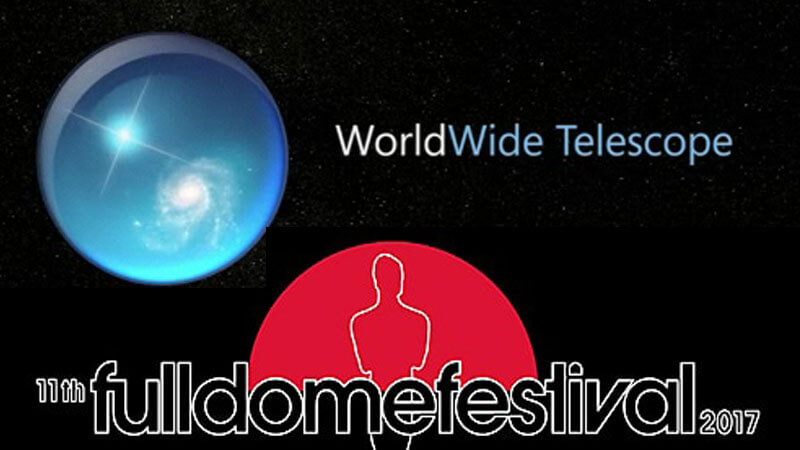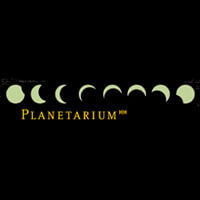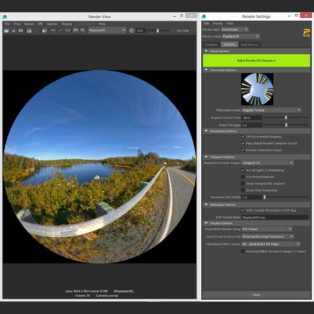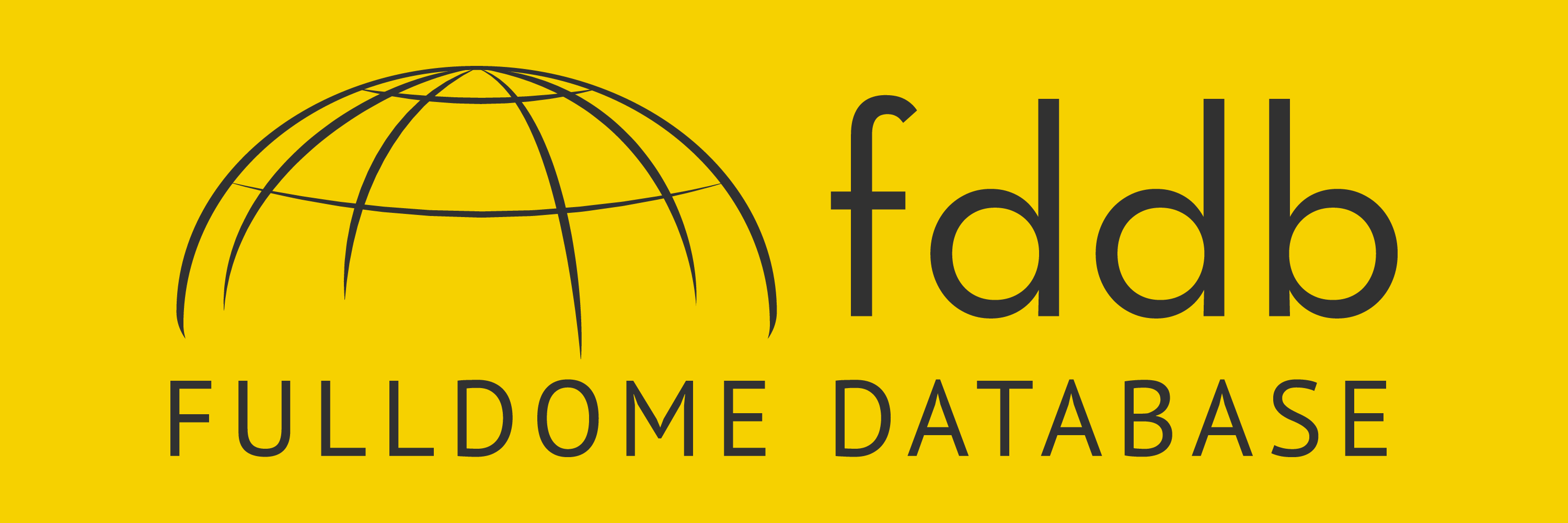During the 11th FullDome Festival
Dr. Christian Dick from
Carl Zeiss AG, Planetarium Division (Jena, Germany) proudly presented a new version of
WorldWide Telescope software modified by Zeiss and made available on their website as a high end digital product.
As you probably know, the
WorldWide Telescope (WWT) is a visualization environment that turns a common computer into a virtual telescope through combining imagery from the world’s best ground- and space-based telescopes. WWT aims to blend terabytes of images, information, and stories from multiple sources into a seamless, immersive, rich media experience.
Initially developed by Microsoft, this project was later released to third parties, and
Zeiss adopted it for further development. Now the application is integrated in powerdome and can be controlled with the ShowManager as well as powerdome Control.
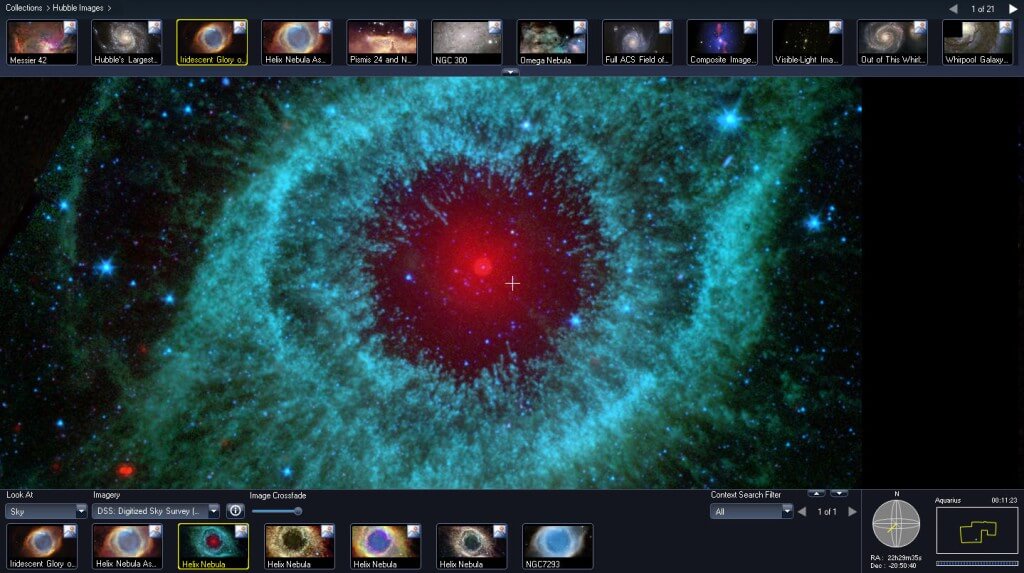
The interface of the first version of WorldWide Telescope by Microsoft.
Photo credit: WorldWide Telescope
Basically, WorldWide Telescope has two modes: the
Tour mode and
Explorer one.
The Tour mode enables you to create and present shows on particular topics like you were using a telescope. This mode already includes a great number of tours, but WWT also lets you interrupt a scene, interact in live mode, and continue the tour at the same point or anywhere else.
In the Explorer mode, WWT turns into an interactive digital planetarium. You'll be able to switch between views taken at different wavelengths and track the motions of Sun, Moon and the planets. If you load one of the photographic panoramas, you will easily transport your viewers to extraterrestrial landscapes.
To demonstrate one of the modes, Christian took the audience on a virtual 3D tour around the observable universe. He flew the audience from the Earth to Mars and then further away to have a top-view at the Solar system. Then he moved away from the Sun and constellation lines started to change until we reached the Milky Way. He then moved on to the Local Group and the other galaxies all the way back to the Cosmic Microwave Background radiation.
As Dr. Dick explained, all the data is streamed to the dome from the Internet. Although most data is stored on Microsoft Cloud some information is locally saved so that users can take advantage of the software without Internet connection too, which also explained the smoothness of the visualization.
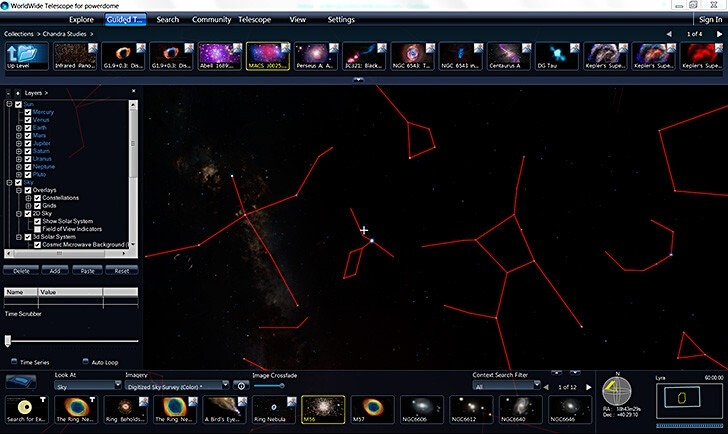
Guided tours in new version of WorldWide Telescope for Powerdome developed by Zeiss.
Photo credit: Zeiss AG
Since the original version of WorldWide Telescope also lacked some mechanisms essential for effective multichannel video performance, Zeiss has successfully eliminated these flaws and made it compliant with multichannel projection systems.
All in all, Zeiss developed two custom versions of WorldWide Telescope: the Cluster version is subject to license and is used for presentations on the planetarium dome, the Desktop version has instead the same scope of functions, but is freely available. It can be used to prepare live presentations and create tours that can later be presented with the cluster version.
If you're interested in this piece of software or want to get more information, you can download it from the Zeiss website, and navigate through the starry sky, explore its objects, travel across the solar system, and tour the universe in three dimensions!













